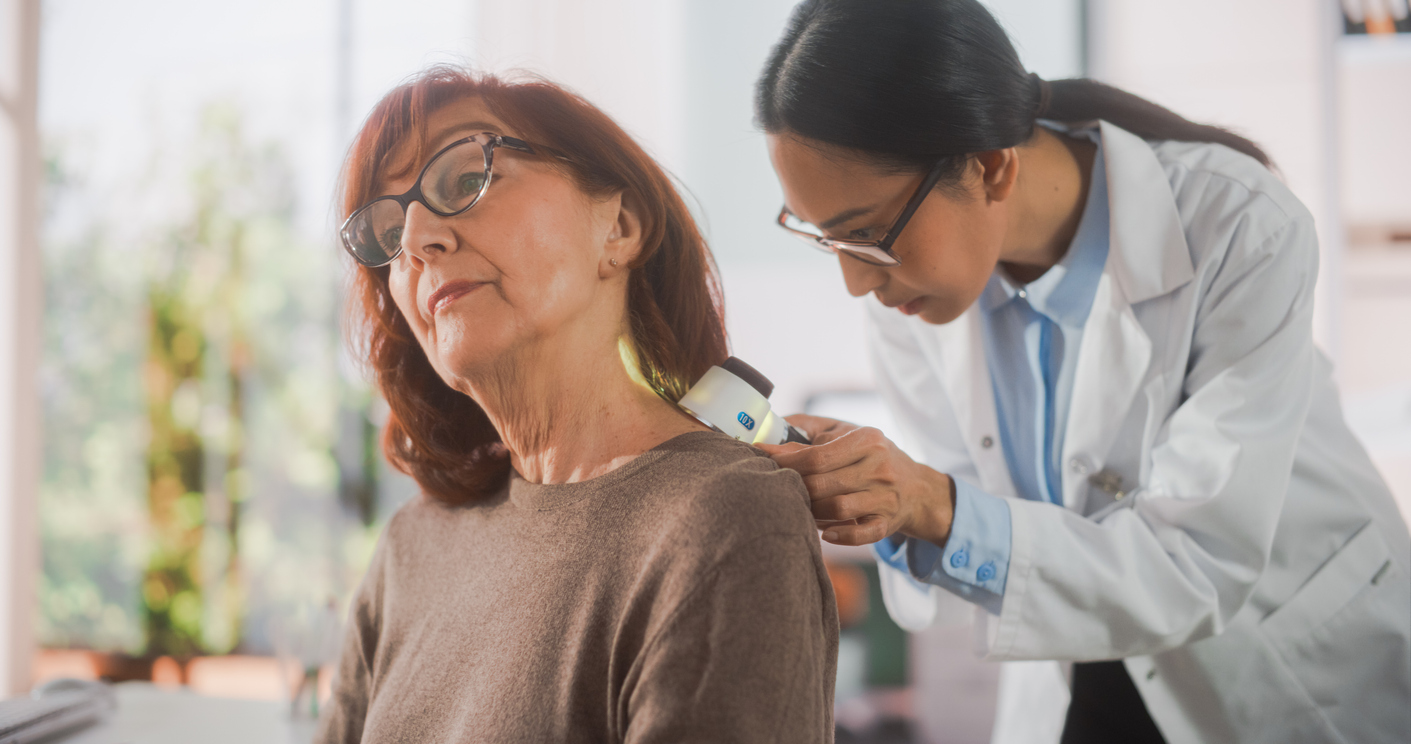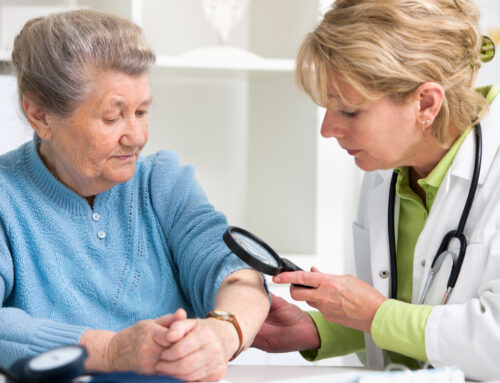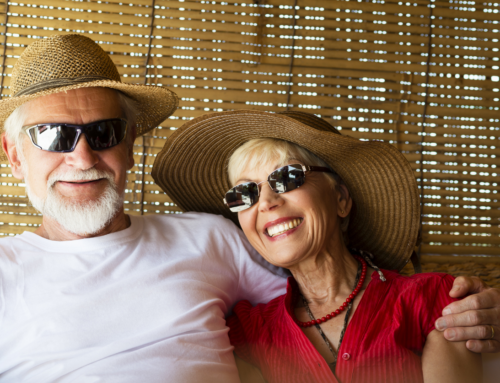As we age, our risk for various health conditions naturally increases — and skin cancer is no exception. Among older adults, skin cancer is one of the most common forms of cancer, yet it is also one of the most preventable and treatable when detected early. Raising awareness about skin cancer in seniors is vital to ensuring timely diagnosis and proper care.
Why Seniors Are at Higher Risk
There are several reasons why older adults face a higher risk of developing skin cancer:
-
Cumulative Sun Exposure: Over a lifetime, seniors have had more exposure to ultraviolet (UV) rays from the sun and tanning beds, which increases their chances of developing skin cancer.
-
Weakened Immune System: Aging naturally weakens the immune system, reducing the body’s ability to repair damaged skin cells or fight cancerous growths.
-
Delayed Detection: Seniors may not notice changes in their skin as easily or may mistake suspicious spots for benign age-related changes, leading to delays in diagnosis.
Types of Skin Cancer
The most common forms of skin cancer include:
-
Basal Cell Carcinoma (BCC): Often appears as a pearly or waxy bump, typically on sun-exposed areas such as the face and neck.
-
Squamous Cell Carcinoma (SCC): May look like a red, scaly patch or a sore that doesn’t heal. It can spread if not treated early.
-
Melanoma: The most serious type, melanoma can develop from existing moles or appear as new dark spots. Early detection is critical for survival.
Signs to Watch For
The ABCDE rule is a helpful guide for spotting potentially dangerous moles or skin changes:
-
Asymmetry: One half doesn’t match the other.
-
Border: Edges are irregular, ragged, or blurred.
-
Color: Uneven shades of black, brown, or tan.
-
Diameter: Larger than 6mm (about the size of a pencil eraser).
-
Evolving: Any change in size, shape, color, or elevation.
Other warning signs include sores that don’t heal, new growths, or any skin changes that itch, bleed, or become painful.
Prevention Tips for Seniors
Although we can’t undo sun damage from the past, there are still many ways to reduce further risk:
-
Wear Sunscreen: Use broad-spectrum SPF 30 or higher every day, even on cloudy days.
-
Cover Up: Wear long-sleeved clothing, wide-brimmed hats, and UV-blocking sunglasses.
-
Seek Shade: Avoid the sun during peak hours (10 a.m. to 4 p.m.).
-
Avoid Tanning Beds: These are a significant source of UV radiation.
-
Regular Skin Checks: Perform self-exams monthly and see a dermatologist annually for a full-body skin exam.
The Importance of Routine Screenings
Early detection can dramatically improve outcomes. Seniors should not overlook routine skin cancer screenings, especially if they have a history of excessive sun exposure, a fair complexion, or a personal or family history of skin cancer.
Support and Resources
Many communities offer free or low-cost skin screenings for seniors, often in collaboration with dermatologists or cancer organizations. Senior centers, Medicare, and local hospitals can be good starting points for accessing these services.
Conclusion
Skin cancer is a serious but largely preventable and treatable disease. For seniors, staying vigilant, protecting their skin, and seeking regular check-ups are crucial steps toward healthy aging. Spreading awareness not only helps individuals protect themselves but also empowers families and caregivers to support the well-being of their loved ones.
If you or someone you know is interested in care management or home healthcare services in South Florida, FirstLantic can help. We are locally owned and operated, providing our patients with the highest quality in-home care services in Fort Lauderdale (Broward County), as well as in-home care services in Delray Beach (Palm Beach County), North Miami (Miami-Dade) and Jupiter (Treasure Coast) since 2000. Click here to contact us.
 AVAILABLE 24 HOURS A DAY/7 DAYS A WEEK
AVAILABLE 24 HOURS A DAY/7 DAYS A WEEK Careers
Careers





